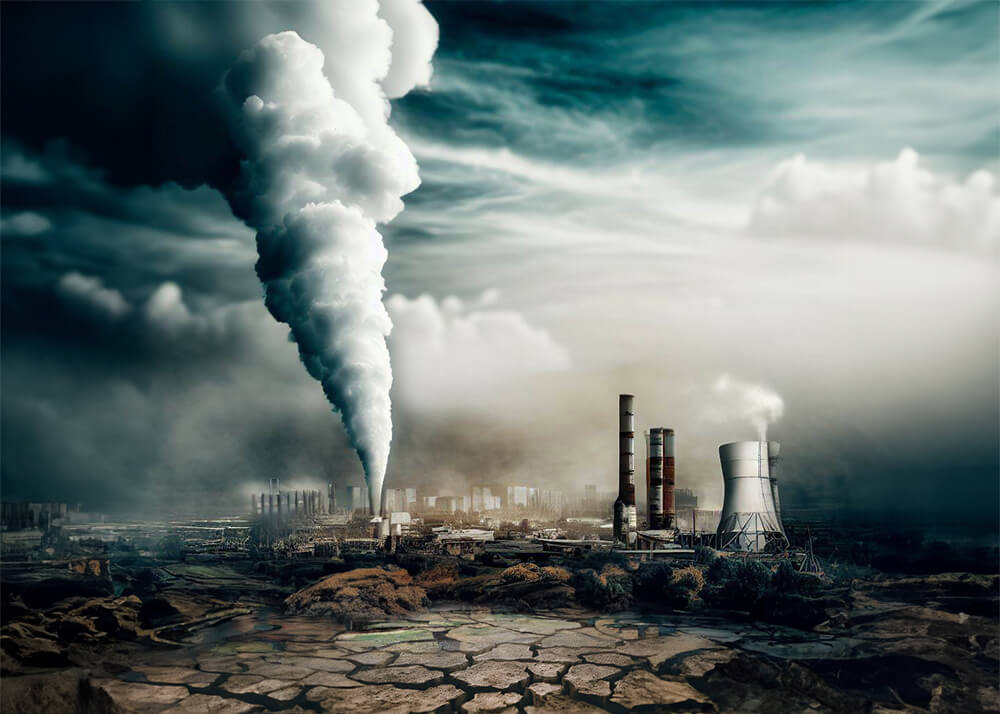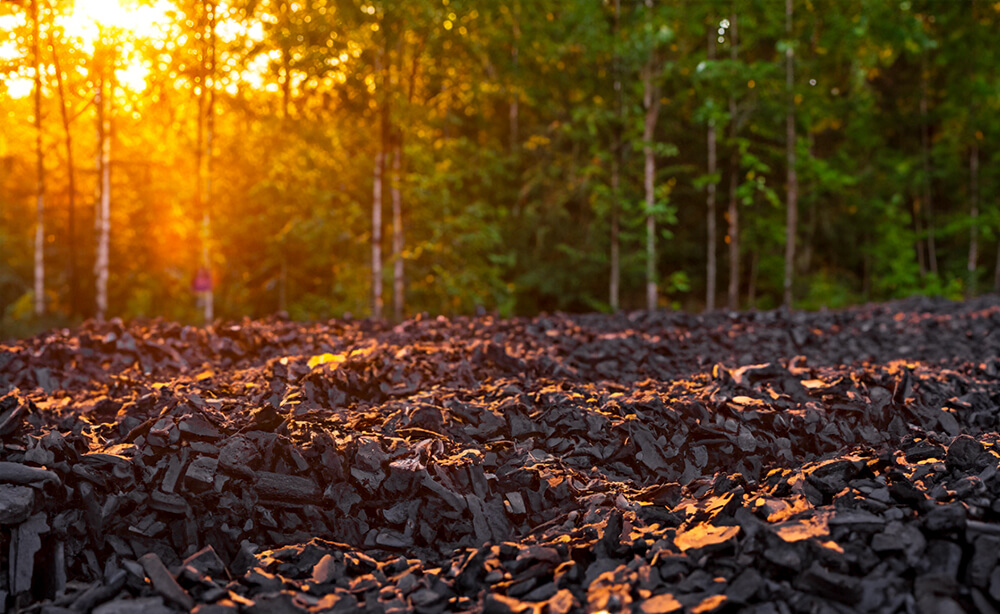Negative impact of CO2, despite the term, the definition is not at all negative for the environment.
But what does it really mean to have a negative impact on the CO2 cycle?
I leave the natural cycle of CO2 to be explained to biologists or environmental chemists, more qualified than me, here I want to raise your awareness on the now worn-out topic of the impact of greenhouse gases in the atmosphere.
To the supporters of the thesis that the climate changes of our century are to be attributed almost exclusively to astral factors and therefore not to anthropic activity, and this is fake news, I would like to ask: and even if this were the case, what can we humans do if not limit the activities that contribute to this phenomenon?

The curve of CO2 levels 1960 -2020 shows frightening growth. Credit: NOAA
It is known to everyone that the level of CO2 in the atmosphere is the highest ever, since we began to measure it, we have gone from the average value of 228 ppm, of the pre-industrial era in the years 1750-1800, to the value of 424 ppm measured in May 2023. ( Fanpage source )
Returning to the title, I want to clarify the concept of definitions in the hope of moving the last lazy people who still think they can stand by and watch or, worse, who think they shouldn’t or can’t do anything about it.
CO2 POSITIVE IMPACT
All human activities, including just breathing, emit CO2 into the atmosphere.

The problem arises when we extract this CO2 from the subsoil, where it has remained for millions of years, and bring it into the atmosphere, for example by extracting oil and other hydrocarbons and then through combustion, emitting them into the atmosphere, increasing their concentration.
CO2 NEUTRAL IMPACT
It is a slogan that is fashionable in many commercials, but be careful, let’s not be fooled: “NEUTRAL” is not enough!
The situation is so serious that we need to do more!
We can all do more.
The most emblematic case of CO2 Neutral is the combustion of wood.
During its life a tree absorbs CO2, which is then re-emitted into the atmosphere when this wood is burned, forming a neutral circle of CO2, provided that for every tree cut, a tree of the same essence is replanted.
If we want to be picky, we should plant more than one tree because there is always a percentage that does not reach maturity due to natural reasons.
CO2 NEGATIVE IMPACT
Why isn’t CO2 Neutral enough?
If I managed to explain the concept you got there on your own.
Since the current level of CO2 is extremely high, above any safety level, we must indeed initiate CO2 Neutral behaviours, but at the same time we must also activate CO2 Negative activities which do the exact opposite of when we burn oil, i.e. which take CO2 from the air and bring it back into the ground.
There are many technological projects called CO2 Sequestration or Carbon Capture, which despite the high costs have been promoted, fortunately for us, by many public and private initiatives around the world.
The natural activity par excellence is planting and growing trees, initiatives such as the Great Green Wall are an example to be imitated as much as possible.
But is there a way to be CO2 Negative that can also be economically viable?
Yes of course!

Here I bring you an example that I am following directly and it is the pyrolysis of wood waste, which cannot be used otherwise, for the production of BIOCHAR or a natural soil improver, an excellent natural sequesterer of CO2 which can be used in agriculture and therefore placed in the ground as soil improver or fertilizer if added with biostimulants.
Every self-respecting company cannot be satisfied with being CO2 Neutral but must commit itself more and become CO2 Negative.
There are many initiatives underway and we can and must all do much more, first of all by asking for products from those companies that are most committed to this sector.
Reflections
I talked about CO2, but this is not the only greenhouse gas, there are also others for which we can make the same argument and the main ones are: methane gas (CH4), nitrous oxide (N2O) and the infamous fluorinated gases (HFC , SF6 and NF3).
I like to remind you that the problem is not environmental, the planet with all this CO2 continues its activities very well; instead, it is the human being who risks extinction, we find it hard to survive in certain certain conditions.



